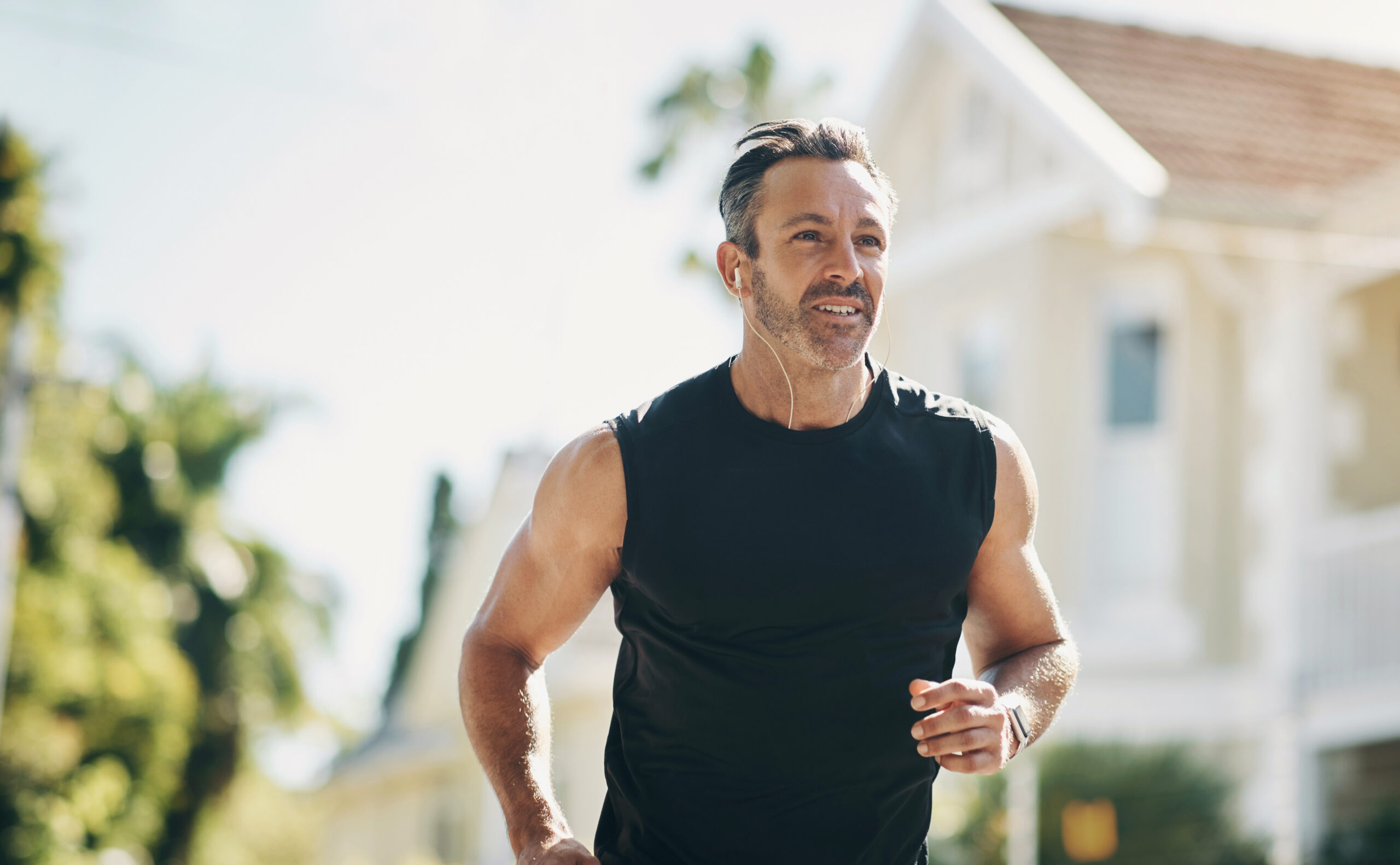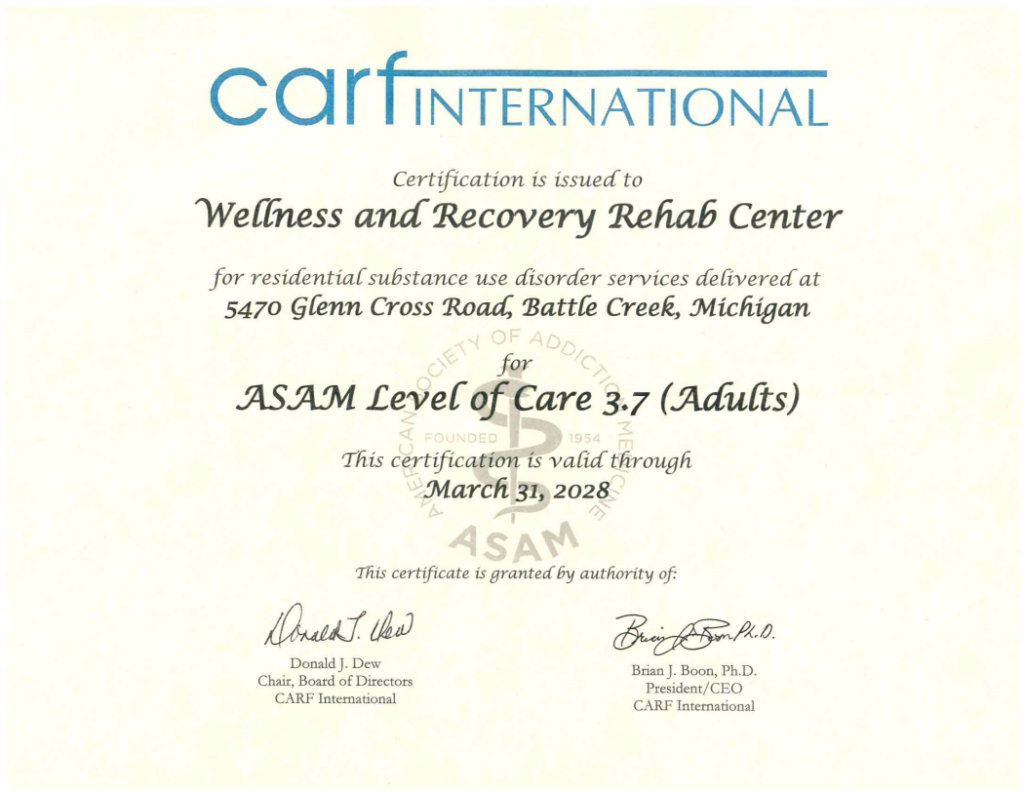
How does physical activity improve mental health? What’s the correlation between mental and physical well-being? Find out here.
You’ve probably heard that exercise is good for your body, but how does physical activity improve mental health? Mental health professionals often recommend physical activity as part of treatment because it’s been shown to reduce anxiety, ease depression, and help manage stress.
And it’s not just a theory—science backs it up.

At Wellness and Recovery, we get it. Life isn’t one-size-fits-all, and neither is healing. That’s why we take a whole-person approach, blending physical activity with other evidence-based treatments to help you feel like yourself again.
Depression can make even the simplest tasks feel impossible. But physical activity has a unique way of breaking through that fog. Moving your body stimulates the production of serotonin, a key chemical in regulating mood.3
Even small amounts of movement, such as a morning jog or a yoga session, can significantly improve brain performance.
One of the most exciting discoveries in neuroscience is the concept of brain plasticity—the brain’s ability to adapt and change over time. Physical activity plays a key role in this process by promoting neurogenesis—the creation of new brain cells.7
For individuals with ADHD, PTSD, or other cognitive disorders, how does physical activity improve mental health and help with these conditions?
At Wellness and Recovery, we understand that every brain is unique. That’s why we work with you to create a plan that includes movement in a way that feels right for you.

Even if it’s a morning jog, a dance class, or stretching at home, exercise can help you navigate the ups and downs of recovery more easily.
Recovery doesn’t have to be a solo journey. Group physical activities—like team sports, fitness classes, or outdoor adventures—can provide a sense of belonging and support.
Here’s why they matter:
At Wellness and Recovery, we believe in the power of community. That’s why we incorporate group and outdoor activities into our treatment plans, helping you build connections while you heal.
At Wellness and Recovery, we encourage you to explore the types of movement that resonate with you. Whether it’s a solo run or a hike with friends, we’re here to help you find activities that support your mental health and bring joy to your life.

At Wellness and Recovery, we believe healing is about nurturing your whole self. That’s why we’re here to answer the question, “How does physical activity improve mental health?” and integrate physical activity into our treatment programs in meaningful and sustainable ways.
We also understand that everyone’s journey is unique. That’s why we create personalized treatment plans that combine traditional therapy with holistic approaches like mindfulness and physical activity—all tailored to your needs, goals, and preferences.
Together, we’ll help you build habits that support your mental health and bring joy to your everyday life. Reach out today, and let’s take this journey together—because you deserve to feel your best, inside and out.
